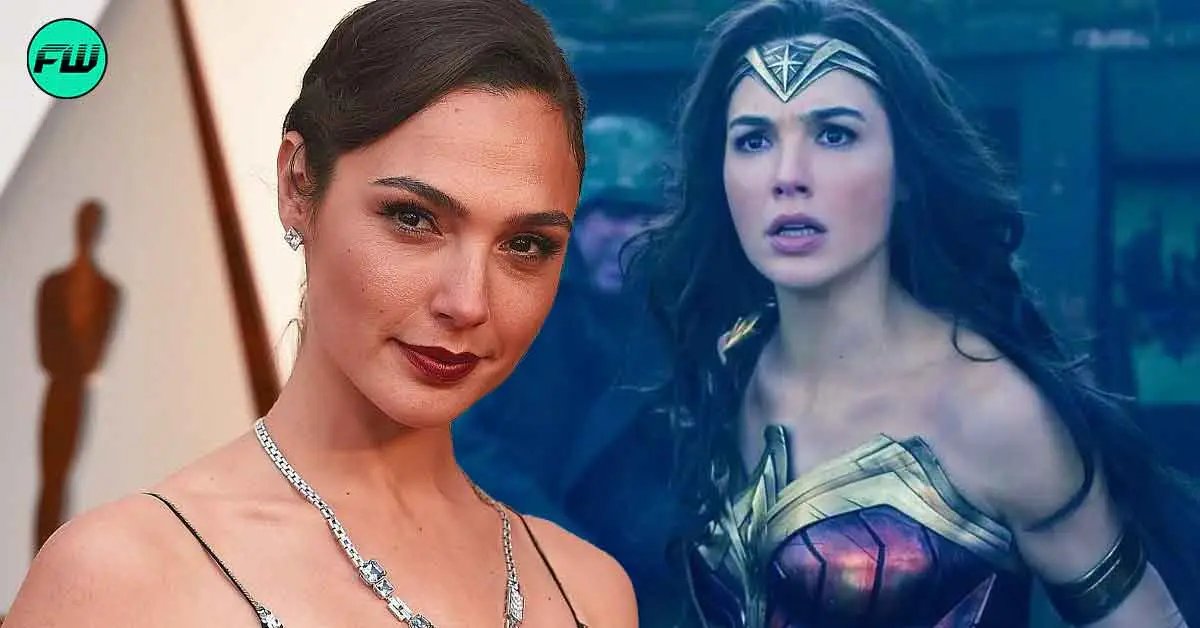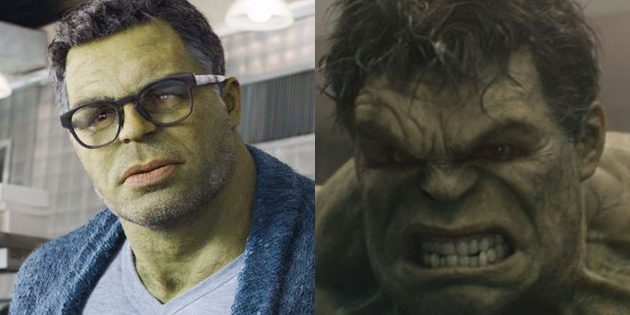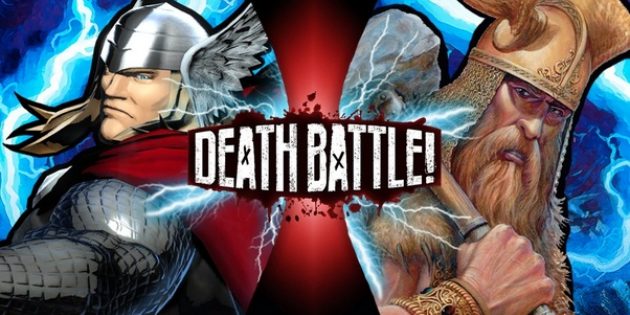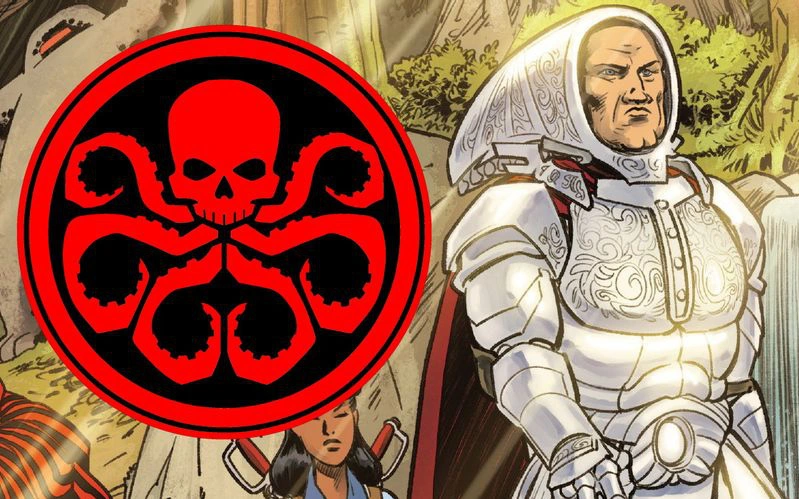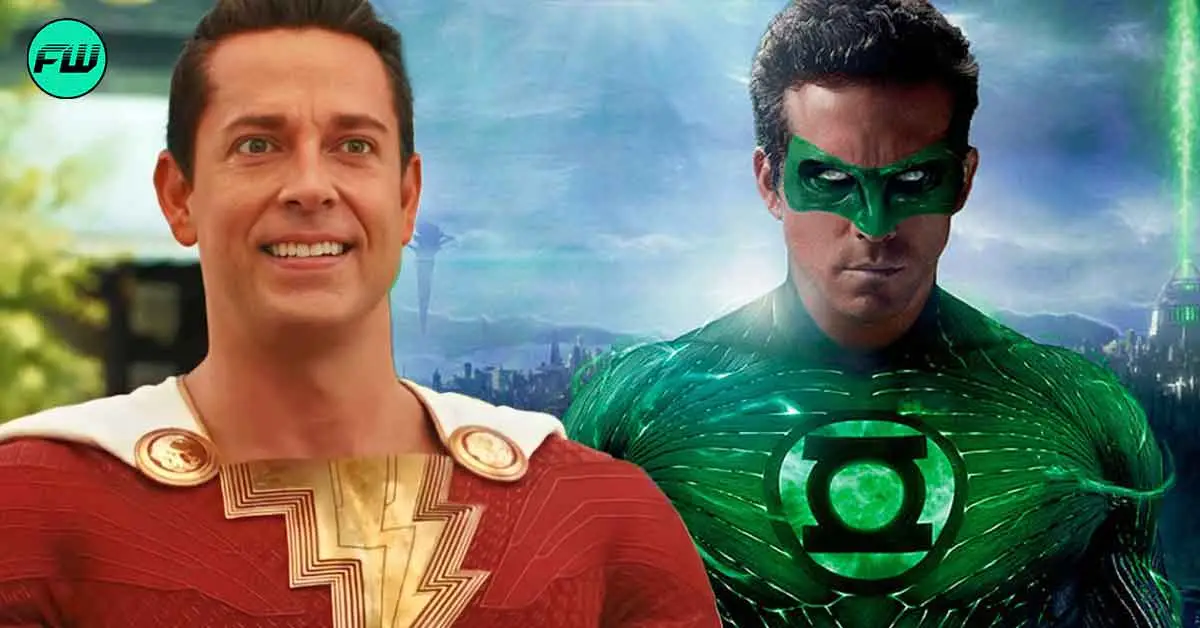Thor’s dramatic character change in Thor: Ragnarok came from many places — and one of them was his Avengers teammate, Black Widow.
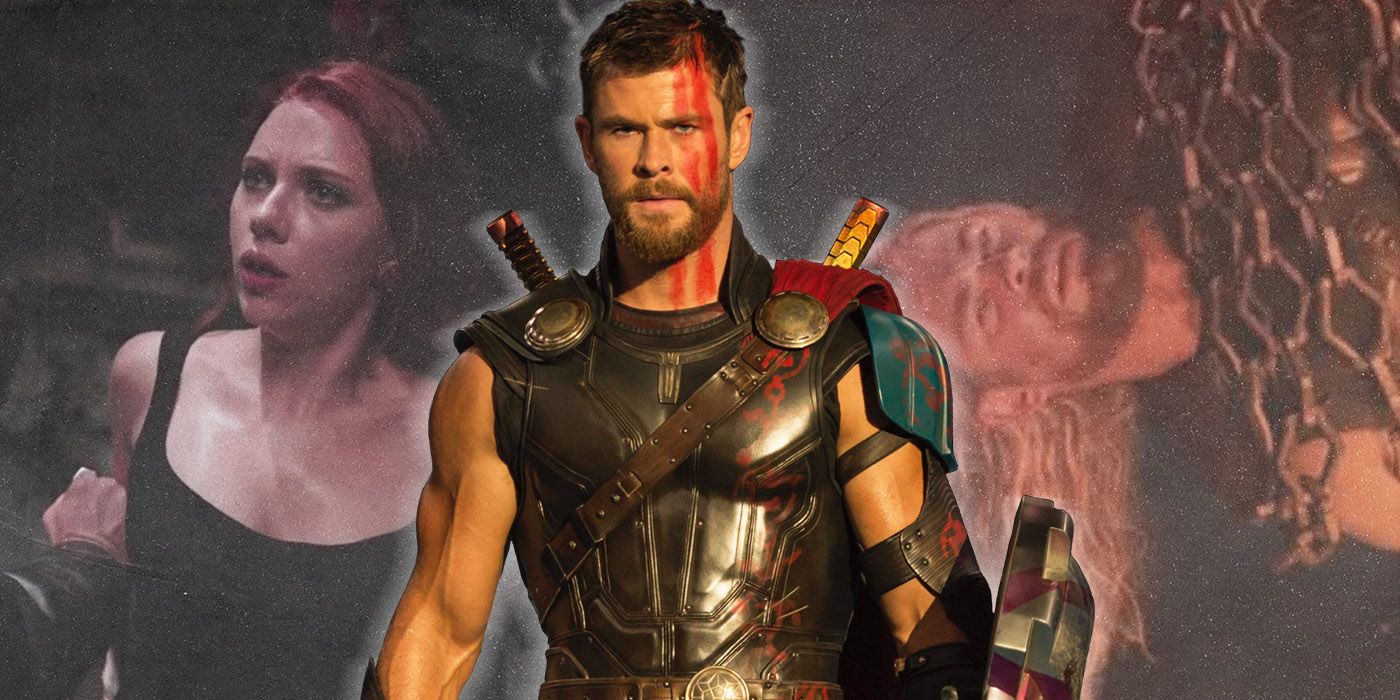
Thor underwent an enormous character change in Thor: Ragnarok. From The Avengers’ hammer-wielding, super-strong action hero often seen as the team’s brute force fighter after Hulk, he evolved into a thunder-wielding, sly, somewhat tricky and crafty hero not afraid to use sleight of hand, intellect and strategy to defeat powerful opponents. What is rarely talked about or acknowledged is that Thor’s new techniques that allowed him to win the day in Ragnarok echo those of another Avenger: the crafty, strategic super-spy with electric wrists and a knack for interrogation, Black Widow.
How Thor Copied Natasha’s Techniques in Ragnarok

There are many points in Ragnarok where Thor uses techniques many know as Natasha Romanoff’s trademarks — right from the film’s first scene. Thor is seemingly tied up and trapped by an enemy who he gets to spill his evil plan by pretending to be helpless. He then easily smashes his way out of the restraints and stops the enemy’s entire plan using said information. Sound familiar? This was precisely Natasha’s introduction in the first Avengers movie: pretending to be helpless in order to trick a villain into revealing their plan, a technique Thor also witnessed her use on Loki. He could have easily said to Surtur, “Thank you for your cooperation.”
Speaking of Loki, Thor also clearly learned from Natasha’s interrogation of him in terms of how to deal with him, as well as several others in the film, including Valkyrie. While Thor displayed some ability to trick Loki in The Dark World, he outdoes himself here, guessing Loki’s plan and easily moving ten steps ahead of him with his betrayals. He pulls a similar tactic on Valkyrie, pretending to be persuading her to join him in order to get the remote control for his neck trap. These techniques of pretending to be friendly and jovial in order to sneak a trap onto an opponent are again more reminiscent of Natasha’s trickery as a super spy.
He also adopts Natasha’s signature weaponry, though unintentionally. Natasha’s biggest trademark weapon was her electric shock wrist-mounts, known as the “Widow’s Bite.” It’s a means of shocking and even knocking out her enemies mounted on wrist cuffs. Thor switches in this film from Mjolnir to his own hands as a means to conduct electricity and use thunder as a weapon against an opponent, small crackling electricity around his wrists and hands — in the same positions as Natasha’s Widow’s Bite.
Why Did Thor Learn So Much of Natasha’s Technique?
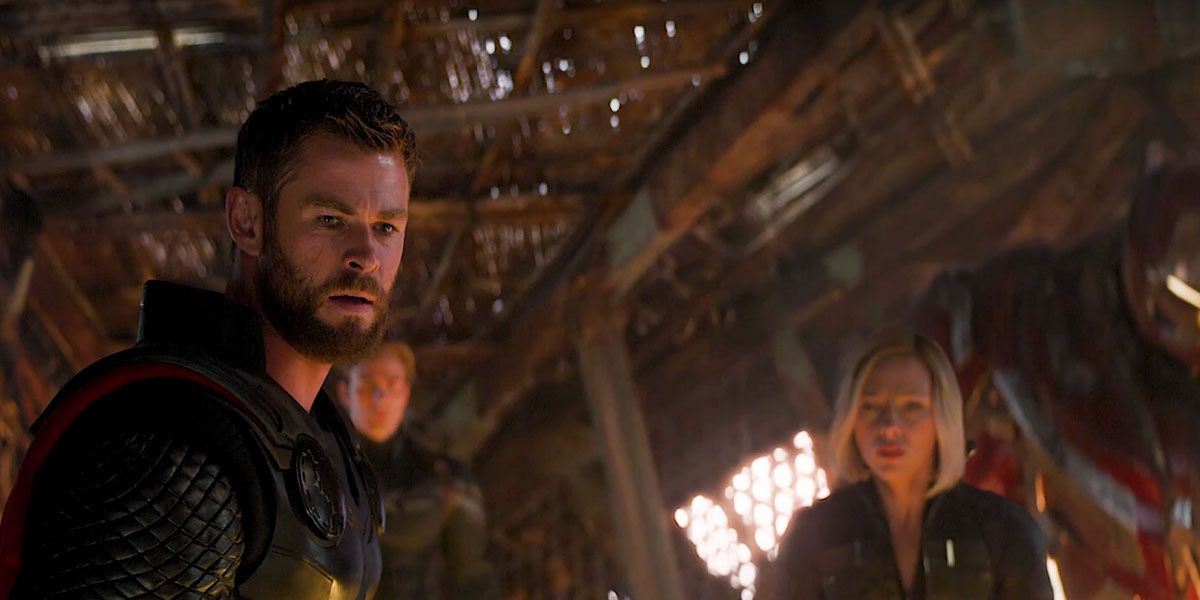
There are other more subtle ways in which Thor’s techniques in Ragnarok echo Natasha. He uses her lullaby in an attempt to calm down the Hulk during their initial fight on Sakaar. While it’s unsuccessful, it’s another example of Thor learning from Natasha’s technique to find creative solutions to problems. He uses a disguise to go on the run, much as Natasha does in Captain America: The Winter Soldier. Finally, in the climax of the film, he employs a decoy distraction technique on his enemy to set a crafty plan in motion to destroy Hela without fighting her head-on, well aware that he’s outmatched by his sister. This is similar to Natasha’s plan in the climax of Black Widow, keeping Dreykov occupied while her own team infiltrates the Red Room behind his back. Clearly, Thor has learned deception and trickery from the best.
While these similarities between Thor’s new techniques and Natasha’s in Ragnarok were probably unintentional, they seem fairly obvious in hindsight looking over the film. There could be an in-universe explanation for why Thor adopts Natasha’s style in this picture. In part, this may have been due to seeing her outwit Loki in The Avengers, spending time with her and the team in between films and seeing her in action, or perhaps due to a newfound respect for her techniques in light of his own experience confronting more powerful opponents.
Being on the same team as a non-powered human who could still score victories over stronger opponents may have been the training Thor needed it to triumph against Hela and Loki in his third film outing. Perhaps a future installment can acknowledge the debt Thor may have owed Natasha — for her certainly learned from the best to become the strongest and craftiest he could be.



